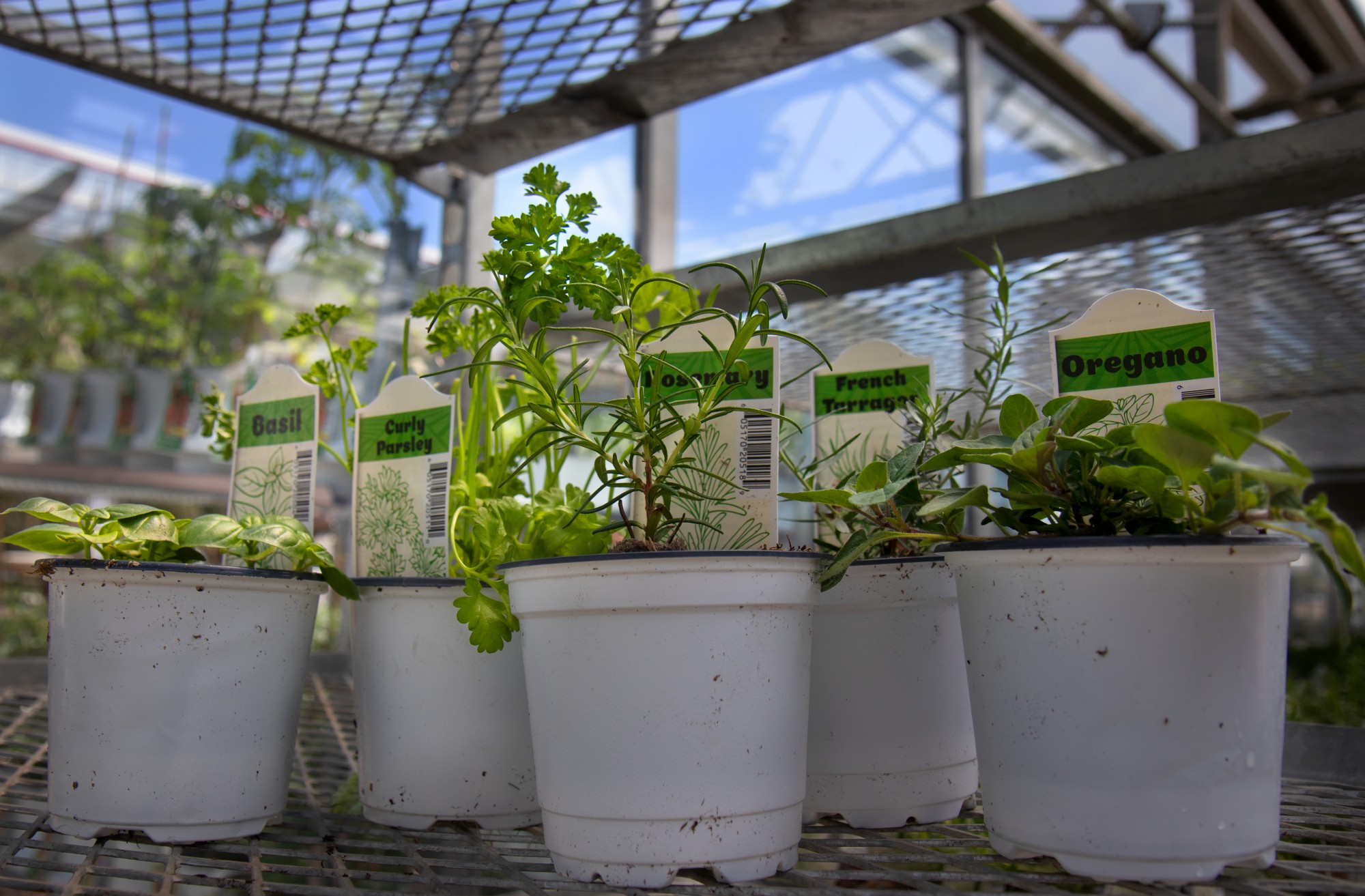There is no time like the present to cultivate your own garden. Though many businesses have closed their doors, gardening centers are essential businesses and still open.
Steve Miles, Hennepin County master gardener and former professor at the University of Minnesota, says gardening is what has been keeping him going during social isolation. Though he gardens more advanced plants, he offered insight into plants and gardening solutions fit for students.
Spice up your cooking
Herbs are a nice addition to any dish and are among the easiest plants to grow, Miles said. Basil, oregano, tarragon, parsley and rosemary grow well in southern-facing windows, only requiring sunlight and water. Windows that don’t receive much light might need to be supplemented with inexpensive grow lamps.
Bell peppers, strawberries, kale, bok choy, arugula and radishes are other examples of easily grown, edible plants students can add to their gardens.
Whatever you choose to plant — now is the time to start your garden, Miles said. Lettuce is the fastest-growing vegetable, with some types that only need three weeks to reach maturity. Tomatoes need 60 to 75 days to grow, so if you want your garden to bloom by mid-summer, you should start now.
Space savers
For students dealing with the issue of space, Miles suggests growing plants in containers or if you have outdoor space, growing your garden vertically.
“Most plants will actually produce a huge amount of produce if you go vertical as opposed to horizontal,” he said. “And for students, that’s especially important.”
Cloth shoe holders can easily be repurposed to hold plants, he said. Pizza gardens — which include basil, tomato, lettuce and sometimes other herbs — are by far the most affordable option for a garden.
“Now is a great time to go buy some very small tomato plants with a quick maturation time,” Miles said.
Tomatoes require some extra care and require wire or wood supports to grow, Miles said. He also cautioned watering tomatoes from the leaves — new gardeners should be sure to water tomatoes at the root.
For students who don’t have outdoor space for a garden, there are several types of annual flowers that can survive inside: pansies, petunias, geraniums, dahlias and zinnias can all brighten up your indoor space. Hostas and ferns are the best options for low-light indoor spaces, Miles said.
Plant purchasing tips
When it comes to buying new plants, Miles recommends avoiding the major hardware and chain stores, which he says use insecticides when growing their inventory of plants. He also urges students to check the tags before buying.
“The bottom line is — when you look at the seed packet or the plant, look at the maturation time,” he said.
For students seeking more guidance, Miles recommends turning to YouTube tutorials or the University’s Ask A Master Gardener page, where volunteers can be reached by email for questions.

















